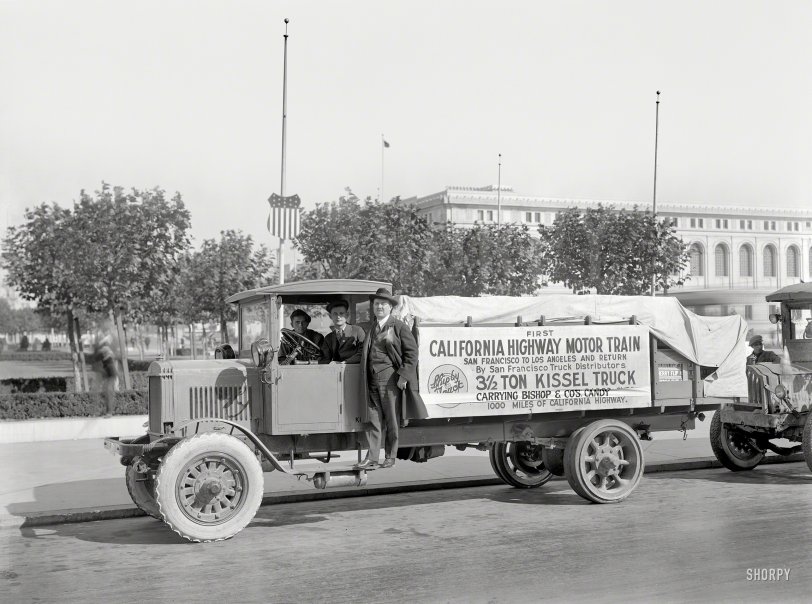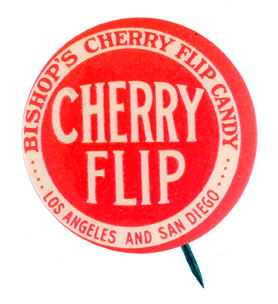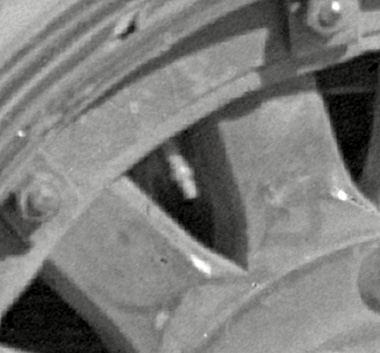


Framed or unframed, desk size to sofa size, printed by us in Arizona and Alabama since 2007. Explore now.
Shorpy is funded by you. Patreon contributors get an ad-free experience.
Learn more.

- Texas Flyer wanted
- Just a Year Too Soon
- WWII -- Replacing men with women at the railroad crossing.
- Yes, Icing
- You kids drive me nuts!
- NOT An Easy Job
- I wonder
- Just add window boxes
- Icing Platform?
- Indiana Harbor Belt abides
- Freezing haze
- Corrections (for those who care)
- C&NW at Nelson
- Fallen Flags
- A dangerous job made worse
- Water Stop
- Passenger trains have right of way over freights?
- Coal
- Never ceases to amaze me.
- Still chuggin' (in model form)
- Great shot
- Westerly Breeze
- For the men, a trapeze
- Tickled
- Sense of loneliness ...
- 2 cents
- Charm City
- What an Outrage
- Brighton Park
- Catenary Supports
Print Emporium
Kissel Kandy Karavan: 1919

October 1919. "California Highway Motor Train in San Francisco." A publicity stunt showcasing the nascent field of long-distance trucking as facilitated by the "giant pneumatic tire." The cargo here being three tons of Cherry Flip. 6½ x 8½ inch glass negative, originally from the Wyland Stanley collection. View full size.
How long did it take?
I wonder how long the 1,000-mile round trip would have taken at that time, and in a truck like this. The route traversed some fairly mountainous territory, and I would guess that a lot of the highway would have been graded but not yet paved.
[The details are all right here. - Dave]
Hub bolts
Since the wheel has 14 spokes the hub has 7 hub bolts. Never drill through a spoke, but between 2 spokes to prevent weakness.
The tyre valve ...
Just as well I have an appointment on Tuesday with the optician, eh?
It only felt Like 1000 miles
A 1919 road map shows the road twists and jogs added 56 more miles to today's Pacific Coast Highway/US 101 route from Los Angeles to San Francisco.
It only felt like 1000 miles with those solid tires and open cab.
[As measured by the yardstick of public relations, the distance covered was over "more than 1,000 miles of highway" on two different routes (south through the San Joaquin Valley, returning up the Coast) with many stops along the way, according to the Oct. 15, 1919, edition of Motor West, which lists the trucks, their cargo and itinerary. - Dave]
Points of interest
It looks like the truck is using two types of tires, pneumatic up front and solid on the back. It looks like two tires on back but it looks like only one rim. A trucker friend said the style of rim on the front was referred to as a California rim. They were very dangerous to the guy who had to replace the tire.
The sign says it was hauling Bishop & Co. candy from LA to San Fran. I wonder what they hauled to LA. There appears to be a (paper/canvas?) strip over whatever it was they were carrying.
[The sign says San Francisco to LA. - Dave]
It looks like the horn is mounted to inside of the driver's door. I wonder if ever went deaf from using it. It was operated by pushing down on the plunger just above the door. Just that much more to make it harder to get in past the steering wheel and all.
The sign says 1000 miles of California highway. The internet says it's only 381 miles from LA to San Francisco. Have the two cities moved 238 miles closer together since this picture was taken?
[The sign says San Francisco to LA "and return." - Dave]
And a Packard
Interesting to contrast the Kissel with the Packard parked behind -- the Kissel still has carbide lights in 1919 and looks heavier, except for that massive radiator guard on the Packard that looks capable of crashing through anything.
Southern California Sweets
It looks like Bishop's Cherry Flips were a strictly local confection.

Mathematically Challenged
It is only 400 miles between San Francisco and Los Angeles. Where did they drive for the other 200 miles?
[The roads and wagon paths of 1919. - Dave]
Cherry Flip
The Cargo. I know them as chocolate covered cherries.
Lincoln Highway?
The Lincoln Highway, America's first coast-to-coast, ran from Times Square NYC to Lincoln Park in San Francisco. Is Lincoln Park the setting for this photo?
[No, this is at the Civic Center; however, the Lincoln Highway followed Market Street, two blocks away behind us. -tterrace]
Seven studs and no valve?
I have not seen any fixings on wheels or hubs using seven studs or bolts before. It seems quite odd to my eyes. i wonder what the reason was. Many small French cars used three until quite recent times, but I have never seen seven used.
Secondly I do not see a valve for inflating the tyre. If it was on the inside face of the tyre I wonder why.
[Look again. - Dave]

Spring Steel
That truck appears to have impact absorbing bumpers, a feature mandated on new cars more recently.
Civic Center
We're in San Francisco's Civic Center. City Hall is way off to the left, but the building we see was at this time the Main Library. Since 2003 it's housed the Asian Art Museum; the new roofline hides an extensive installation of air conditioning equipment and ductwork.
























On Shorpy:
Today’s Top 5